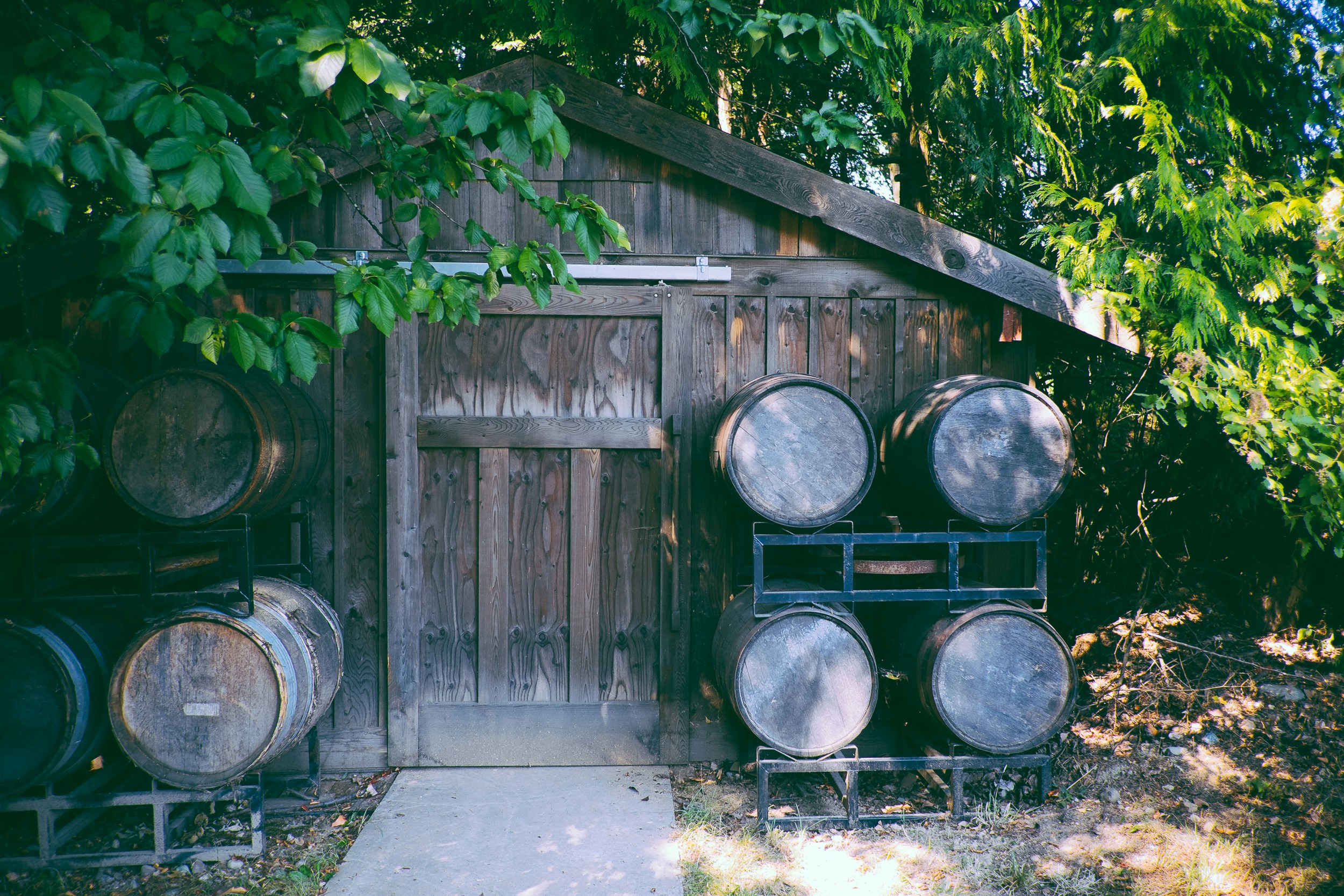Rain Barrels 101: Easy Steps to Set Up Before the Autumn Showers
As the leaves start to change and the air turns crisp, autumn brings with it the perfect opportunity to embrace water conservation through rain barrels. Setting up a rain barrel is a simple way to collect rainwater and prepare your garden for the cooler months ahead, all while doing your part for sustainable gardening. Imagine watering your plants with fresh, naturally collected rainwater, saving on your water bill and reducing your environmental footprint. Whether you’re a seasoned gardener or a homeowner looking to spruce up your outdoor space, getting started with autumn rain barrels can be both rewarding and fun. Let’s explore some easy steps that’ll have you collecting rainwater in no time, making the most of those autumn showers.## Get Ready for Autumn Showers
As autumn approaches, it’s time to prepare for the rainy season. Setting up a rain barrel is a great way to make the most of those showers. Let’s explore how to choose, set up, and use your rain barrel effectively.
Choosing the Right Rain Barrel
Picking the perfect rain barrel is crucial for successful rainwater harvesting. Size, material, and features all play a role in your decision.
First, consider the size. A typical rain barrel holds 50-80 gallons, but your needs may vary. Think about your garden size and local rainfall patterns. Remember, a 1,000 square foot roof can collect about 600 gallons from 1 inch of rain!
Next, look at materials. Plastic barrels are lightweight and affordable, while wooden ones offer a rustic charm. Metal barrels are durable but may rust over time. Each has its pros and cons, so choose what fits your style and budget.
Lastly, check for useful features. A good rain barrel should have a tight-fitting lid to keep out debris and mosquitoes, a spigot for easy water access, and an overflow valve. Some even come with built-in planters for a touch of green!
Setting Up Your Rain Barrel
Installing your rain barrel is a straightforward process that can be done in an afternoon. Let’s break it down into simple steps.
-
Choose a location near a downspout. The barrel should sit on a level, stable surface. A concrete pad or paver stones work well.
-
Prepare the downspout. You’ll need to cut it to the right height and install a diverter. This directs water into your barrel when it’s not full.
-
Position the barrel and connect it to the downspout. Make sure it’s level and stable.
-
Install an overflow hose. This prevents water from backing up when the barrel is full.
For a visual guide, check out this helpful video that walks you through the process step by step.
Tips for Collecting Rainwater
Maximizing your rainwater collection takes a bit of know-how. Here are some tips to help you get the most out of your rain barrel.
Keep your gutters clean. Leaves and debris can clog your system and reduce water flow. Regular gutter maintenance is key to efficient rainwater collection.
Consider linking multiple barrels. If you have the space, connecting several barrels can increase your storage capacity. This is especially useful in areas with long dry spells.
Use your collected water wisely. Rainwater is great for watering plants, washing cars, or cleaning outdoor furniture. However, it’s not suitable for drinking without proper treatment.
For more advanced setups, you might want to explore larger rainwater collection systems. These can provide even more water for your home and garden needs.


